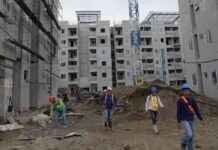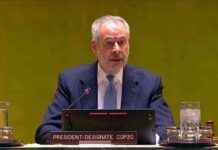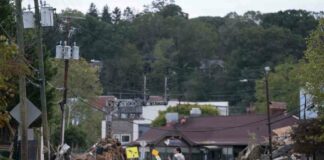EPA’s Protection of Communities from Lead and Chloroprene: A Critical Analysis
Who does the EPA protect? The Biden administration made promises to change the overpolluted communities in the South, but four years later, change is elusive. Michael Regan, the Environmental Protection Agency’s administrator under President Joe Biden’s Justice40 Initiative, embarked on a tour of Southern towns and cities with severe environmental injustice in November 2021. His “Journey to Justice” included Jackson, Mississippi; Cancer Alley and Mossville in Louisiana; Houston, Texas. Regan met with community leaders and residents, promising to consider their testimonies in shaping EPA policies back in Washington.
Regan’s visit to these industrial sacrifice zones aimed to address environmental injustice. He promised to strengthen industrial regulations, engage communities, and push for systemic change. However, despite the EPA’s efforts, many leaders remained frustrated at the agency’s hesitancy to implement more aggressive changes like permit reform and deeper community engagement.
Jackson, Mississippi, faced a severe water crisis, with contamination, leaks, and lead poisoning incidents. Regan pledged support for infrastructure repairs, but the city’s struggles persisted. In Mossville, Louisiana, residents experienced high cancer rates due to industrial pollution. Regan’s visit prompted increased air and water monitoring but failed to bring significant change. Similarly, Port Arthur, Texas, faced pollution issues, with residents living in the shadow of refineries and suffering health consequences.
Despite the EPA’s efforts to address environmental injustices, challenges remain in implementing lasting change. The agency’s focus on incremental progress through regulatory updates and infrastructure funding falls short in areas heavily impacted by industrial activities. The journey to justice continues, with communities like Jackson, Mossville, and Port Arthur still fighting for cleaner air, water, and lands.
As a journalist retracing Regan’s path, the struggles of these communities and the limitations of the EPA’s power became apparent. The EPA’s promises of funding and regulatory updates offer incremental progress but may not address the root issues of industrial pollution affecting vulnerable communities. The journey to environmental justice remains challenging, with residents like those in Jackson, Mossville, and Port Arthur advocating for lasting change despite ongoing obstacles.
Reflecting on the communities’ struggles and the EPA’s efforts, the need for comprehensive solutions to address environmental injustices becomes clear. While the EPA’s initiatives show some progress, significant challenges persist in tackling industrial pollution and safeguarding the health of vulnerable communities. The journey to justice requires continued advocacy, transparency, and meaningful action to ensure a cleaner, healthier environment for all.














